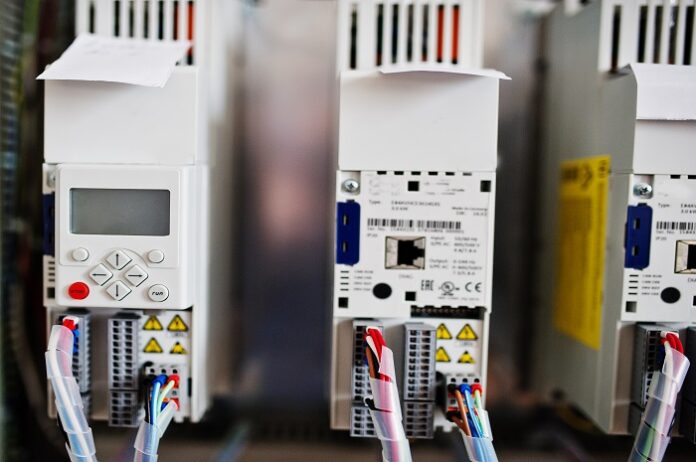DIN rail single-phase energy meters are integral components in modern energy management systems. Their accurate measurement and monitoring capabilities are essential for efficient power consumption tracking. However, the successful deployment of these meters relies heavily on proper installation procedures. This article focuses on the step-by-step process to streamline the installation of DIN rail single-phase energy meters.
Understanding DIN Rail Single-Phase Energy Meters: Before delving into the installation process, it’s crucial to comprehend the basic functioning of DIN rail single-phase energy meters. These devices are designed to measure electricity consumption in single-phase circuits. They are typically mounted on DIN rails, offering a space-efficient solution for various energy monitoring applications.
Pre-Installation Preparation: Begin by selecting an appropriate location for mounting the energy meter. Ensure it complies with safety regulations and is easily accessible for future maintenance. Acquire the necessary tools and components, including the meter, appropriate wiring, connectors, and safety equipment.
Installation Steps:
Power Off: Always start by turning off the main power supply to the circuit where the energy meter will be installed. Safety precautions are paramount throughout the installation process.
Mounting: Securely fix the DIN rail single-phase energy meter onto the designated DIN rail. Ensure proper alignment and firm attachment to prevent any movement or instability.
Wiring Connection: Follow the manufacturer’s guidelines to connect the meter to the electrical circuit. This involves connecting the appropriate wires to the designated terminals on the energy meter while adhering to polarity requirements.
Terminal Tightening: Carefully tighten the terminal screws to secure the connected wires. Verify that the connections are secure and without any exposed wiring, ensuring safety and preventing potential electrical hazards.
Power Restoration: After confirming the proper wiring connections and secure installation, restore the power supply to the circuit. Double-check for any potential issues or malfunctions.
Testing and Calibration: Once the installation is complete, conduct thorough testing to ensure the DIN rail single-phase energy meter operates accurately. Perform calibration checks using certified equipment to validate the meter’s precision and reliability.
Post-Installation Verification: After the successful installation and testing, verify that the energy meter accurately measures electricity consumption. Monitor its readings against known values to confirm its functionality and accuracy.
Conclusion:
Efficient installation procedures are fundamental in ensuring the optimal performance of DIN rail single-phase energy meters. Following the outlined steps meticulously, adhering to safety protocols, and conducting thorough testing and verification post-installation are crucial for seamless operations. By streamlining the installation process, users can harness the full potential of these meters in effectively managing energy consumption.
This article outlines the step-by-step procedure for installing DIN rail single-phase energy meters, emphasizing safety measures and precise installation methods to ensure optimal functionality.
Image by ASphotofamily on Freepik





